The Best Spaced Repetition App
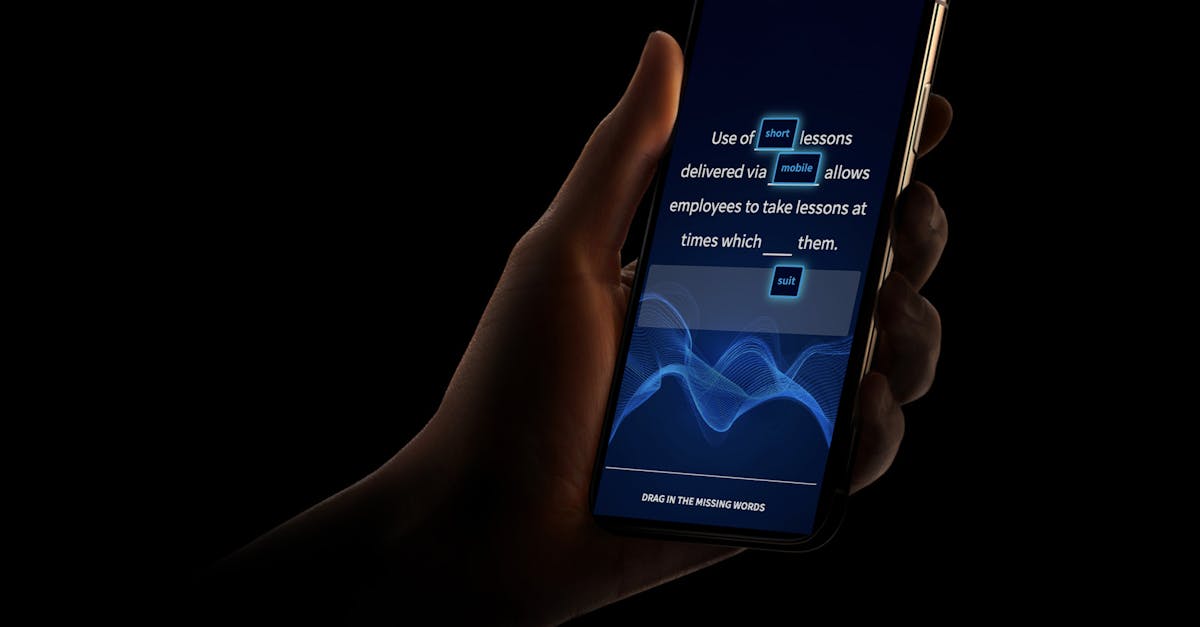
We already know that microlearning is regarded as the most effective form of modern learning. We also know that concepts absorbed through microlearning (and all learning) must be reinforced to ensure that the content is embedded in long-term memory, which gives learners the tools they need to apply what they’ve learned. To maximise your learners’ experience and ultimately drive the best results, our award-winning and completely free learning platform hosts a plethora of built-in learning tools to help engage and reinforce concepts.
As a microlearning-based, mobile-first Learning Management System (LMS), EdApp is passionate about empowering teams large and small all over the globe. We are driven by education and training to help unlock your full potential and shape successful working teams. To achieve this, we look at scientifically-proven learning methods and create powerful tools designed to inspire and drive better learning results. One such proven method is spaced repetition.

What is a spaced repetition app?
If you’re unfamiliar with the concept, spaced repetition is a highly effective method of learning that results in higher retention rates, where lesson content or lesson exercises are retaken by the learner at increasing intervals until the material is fully embedded in the learner’s long-term memory. EdApp incorporates this element into its learning platform through Brain Boost; a powerful, algorithm-based feature that automatically feeds concepts to learners if they haven’t yet completed the concept successfully.
When you introduce learning tools like a spaced repetition app to your teams, you’re inspiring higher retention rates and ultimately better learning experiences. Based on the highly-regarded Supermemo SM-2 interval algorithm, EdApp’s Brain Boost feature repeats any course material that the learner has not completed successfully more frequently to encourage retention until it’s locking into their long-term memory. Ultimately, this feature provides the learner with information that they haven’t quite mastered yet, giving their brains the opportunity to assess and absorb key concepts without flooding them with too much material.
What’s unique about Brain Boost is that it’s automatically built-in to the EdApp platform. This means that you won’t need to seek out additional add-ons when creating your microlessons. Simply enable Brain Boost within the authoring tool and deploy your learning content.
Use the Best Spaced Repetition App Today
No credit card required.
Spaced repetition time intervals
Spaced repetition, also known as distributed practice, is linked to a forgetting curve which plots memory retention over time. Time intervals are a critical part of spaced repetition since they dictate how frequently lessons should be re-taken in order to boost retention and embed knowledge. It governs the duration of the increasing gaps (AKA the spaced repetition time intervals) which ensures that information is re-introduced to the learner at the exact right time.
Without a sophisticated spaced repetition timetable, recall easily diminishes over time. To combat this, EdApp’s spaced repetition app and its brain boost feature, based on the Ebbinghaus forgetting curve and the SuperMemo SM-2 algorithm, automatically delivers optimal learning tailored to each learners’ individuals needs. Having a learning app that facilitates this kind of automation gives you the freedom to focus on learning content, rather than worrying about low retention rates.

Spaced repetition system
A spaced repetition app is a highly effective method of learning in which lessons are retaken at increasing intervals until knowledge is fully embedded in long-term memory. The more frequently a lesson is retaken, the better the knowledge retention. It effectively staves off the forgetting curve and helps cement information to memory.
Brain Boost automatically creates interactive lessons based upon core, previously-learned content. This means that any course material that a learner has not completed successfully is repeated more frequently to encourage retention until it is locked into long-term memory.
Spaced repetition app
A spaced repetition calculator or app (like EdApp) incorporates the technique of providing content to learners in strategic intervals for maximum absorption and retention of essential content. This can be achieved through the development of your spaced learning strategy revolved around the technique of releasing content in short bursts. As a result, learners will be able to absorb and retain more information in a shorter amount of time.
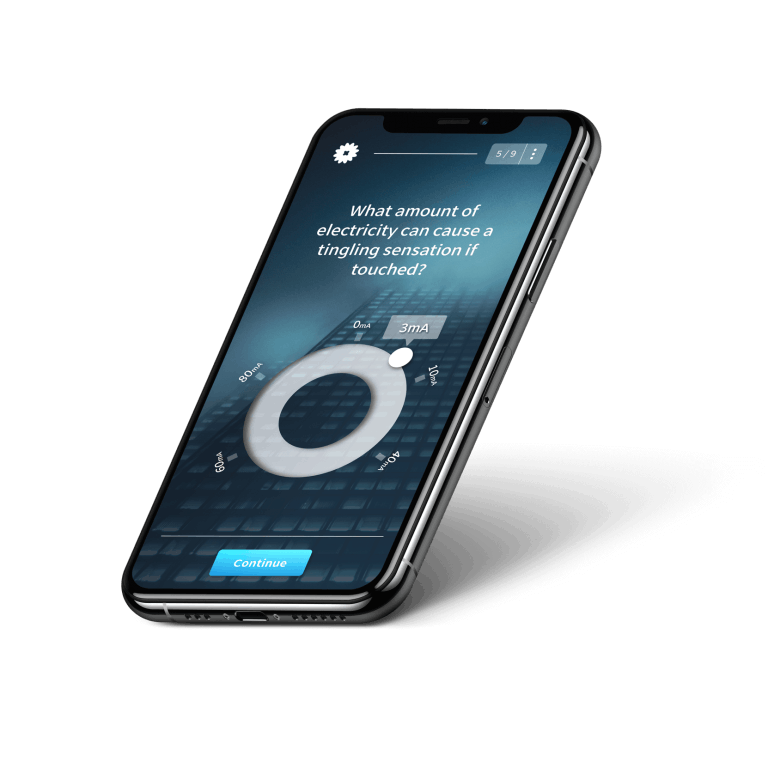
SM-2 has been the basis of many algorithm tweaks (such as Mnemosyne) and “improvements,” however, few have proved popular often due to increased complexity that hinders measurement. As such the elegant simplicity of SM-2 makes a compelling case to be the de facto spaced repetition schedule of choice.
Spaced repetition intervals
We know that spaced repetition is an effective way of ensuring information is retained over a long period of time. However, there is a science to how and when to review and repeat information for optimal retention. This is why it’s important to have a computer-based algorithm to leverage data from the user, ensuring that information is repeated just when they are beginning to forget it, thus increasing the chances they’ll remember.
EdApp’s Spaced Repetition App
To activate the Brain Boost feature within EdApp, simply navigate to your chosen course and select ‘Brain Boost’ from the menu of options (below).
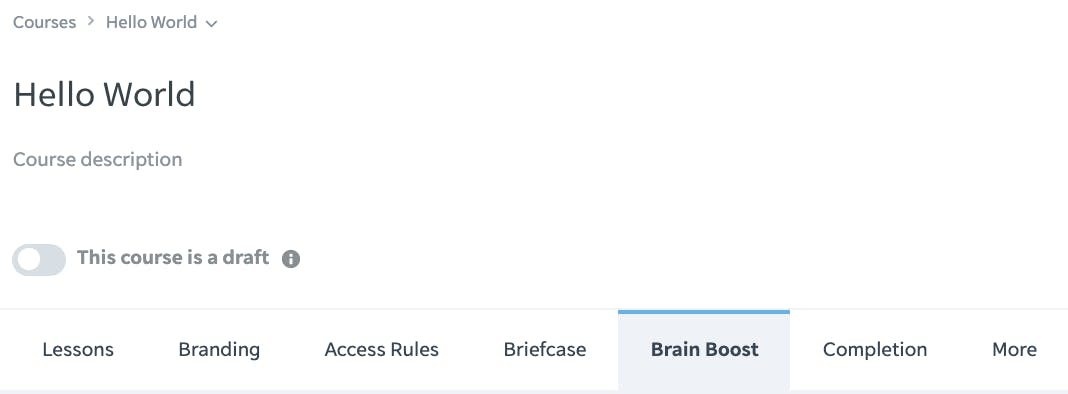
From there, simply switch the toggle:

Why do you need a spaced repetition schedule?
So what happens if you don’t have a spaced repetition schedule? If you repeat spaced learning at the wrong frequency, long-term recall and embedding are diminished. If you repeat learning too frequently, retention improvements are redundant as the memory simply hasn’t had a chance to decay. If it’s repeated too infrequently then retention, recall lapse and learning all need to be started again. This is why having an algorithm-based feature is ideal.
What does a spaced repetition schedule look like?
Gwern offers a great analysis on spaced repetition frequency, accompanied by instructive graphs (pictured below). These graphs illustrate why cramming is ineffective for anything other than short-term retention and that correct spacing is necessary for the brain to best retain information:
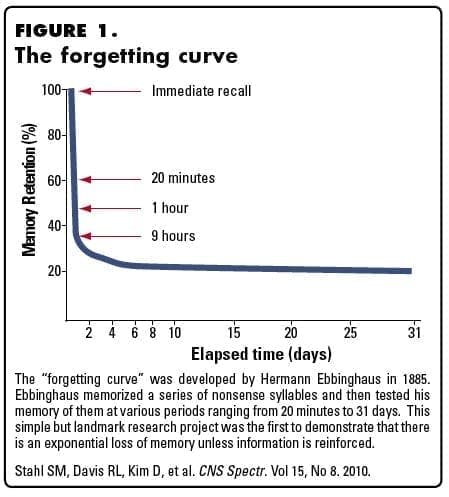
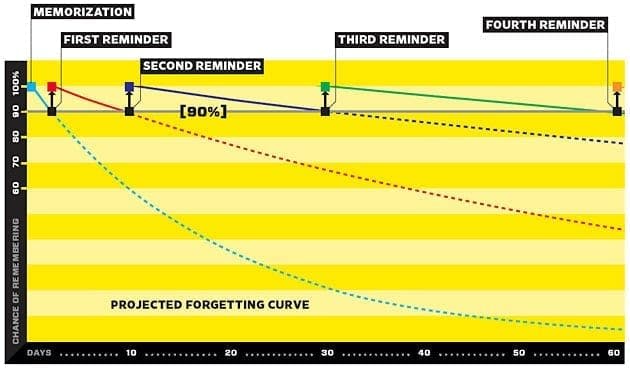
Spaced repetition algorithms
There are several different groups of algorithms surrounding spaced repetition, including but not limited to ones that are neural networks based on the Leitner system, and the SM-family of algorithms.
Created in 1943, the neural network was one of the first algorithms designed around spaced repetition. The neural network assesses data and recognises underlying relationships that mimic the way human brains function. The Leitner system was designed with boxes of flashcards in mind, allowing the learner to advance to the next card box when they correctly answered the question. On the other hand, an incorrect answer would set the learner back to the previous box. In 1990, P.A. Wozniak published a Master’s Thesis called “Optimization of Learning” in which he describes an algorithm based called SuperMemo-2 – SM-2 for short. It’s derived from a trial-and-error approach that took years to perfect. He says of it:
During the first year of using the SM-2 algorithm (learning English vocabulary), I memorized 10,255 items. The time required for creating the database and for repetitions amounted to 41 minutes per day. This corresponds to the acquisition rate of 270 items/year/min. The overall retention was… 92%. Separating items previously grouped in pages and introducing E-Factors were the two major components of the improved algorithm. Constructed by means of the trial-and-error approach, the SM-2 algorithm proved in practice the correctness of nearly all basic assumptions that led to its conception.
How to study better with EdApp spaced repetition app?
If you’d like to know more about EdApp’s spaced repetition system and how it enhances institutional and corporate training, get in touch at hello@edapp.com. Ready to start creating? Get started with EdApp’s completely free, mobile-first LMS and start implementing our Brain Boost feature now by clicking here.
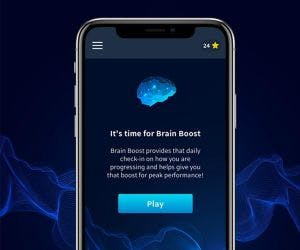
Related:
Spaced Repetition App – 3 things to look for
How to make learning by repetition more effective
How to boost rote memorization with spaced repetition
What is distributed practice and why you must use it
Curated course examples
Author
Guest Author Daniel Brown
Daniel Brown is a senior technical editor and writer that has worked in the education and technology sectors for two decades. Their background experience includes curriculum development and course book creation.
